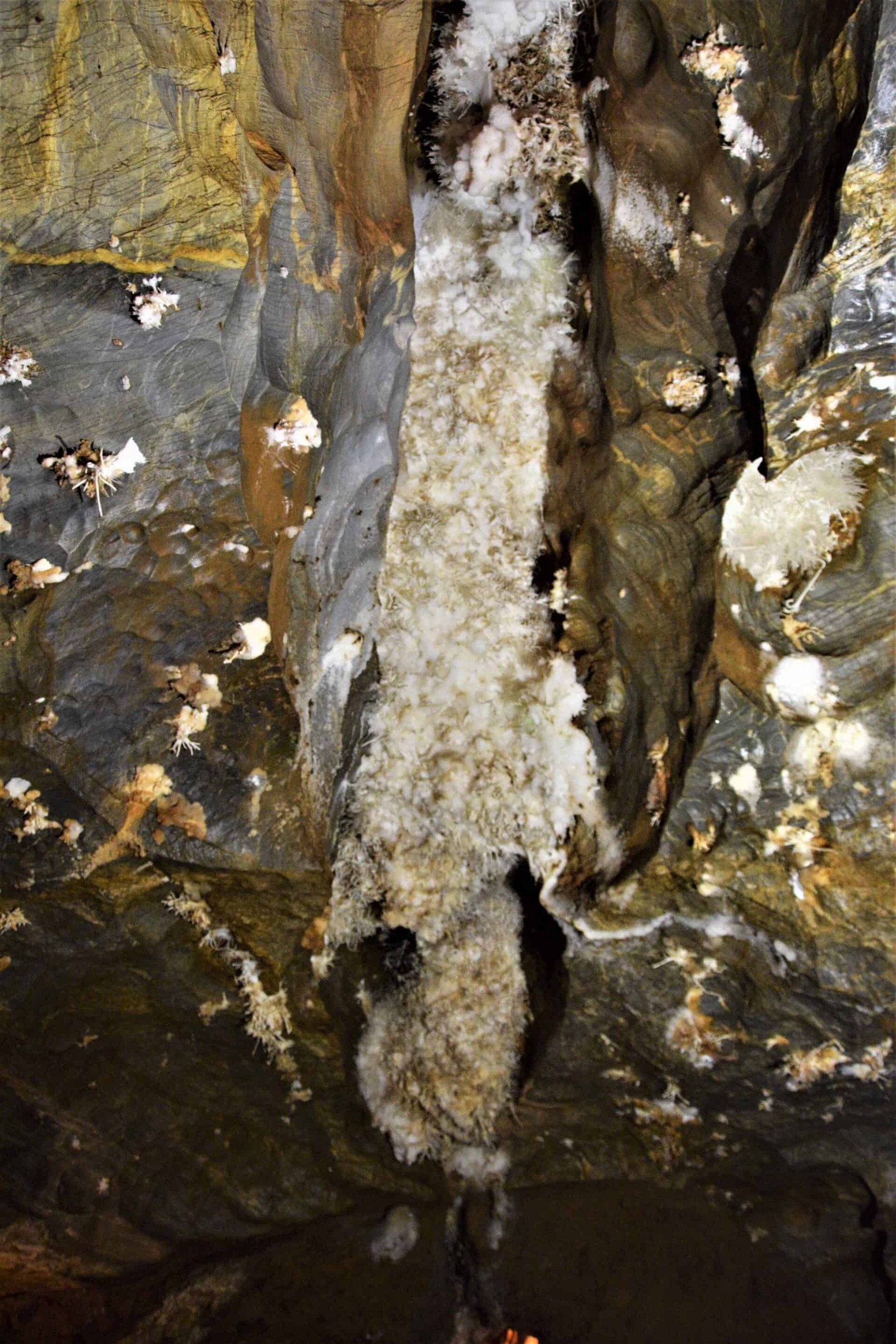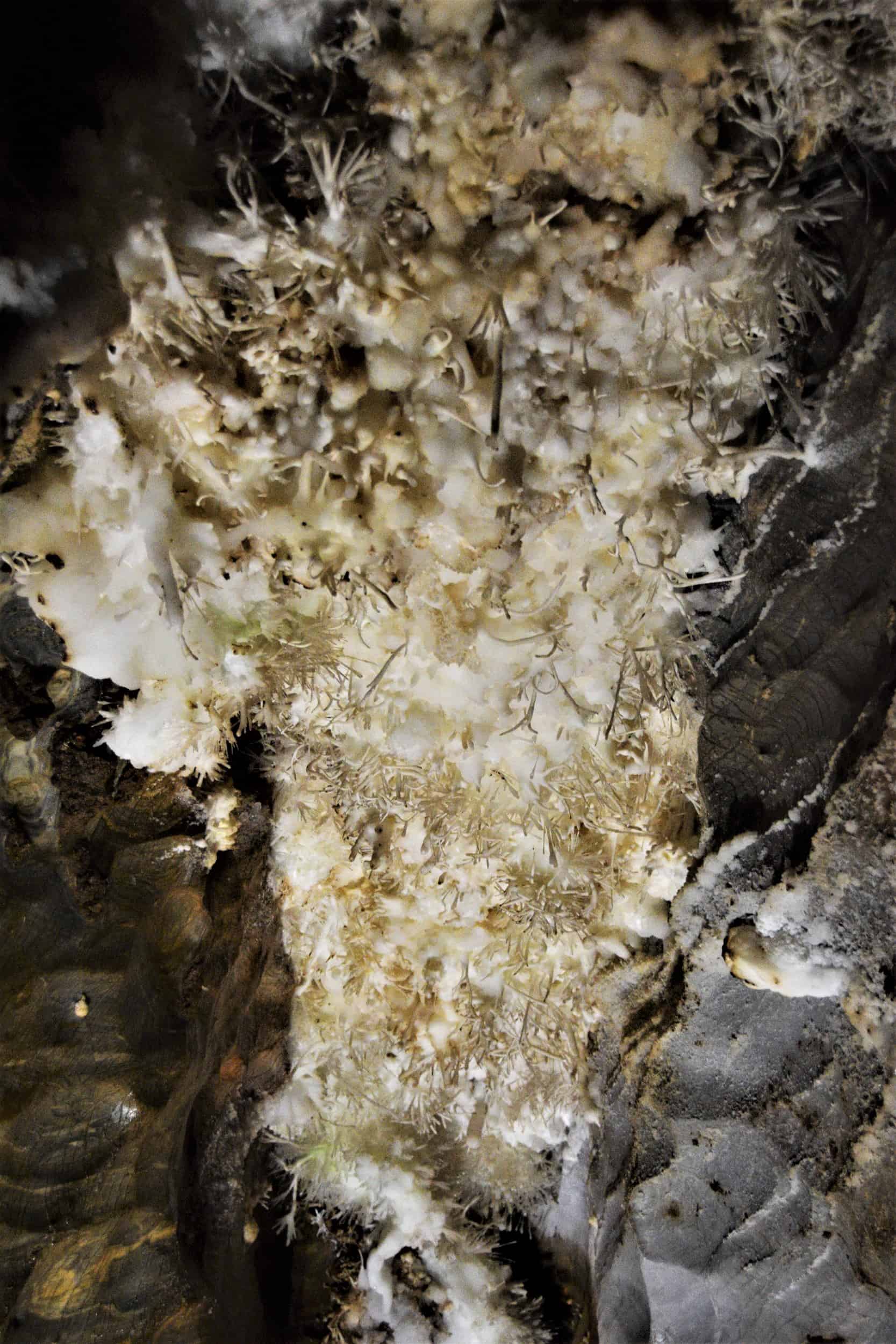Hidden away beneath the forested plateaus of the Slovak Karst National Park lies a spectacular world of subterranean wonders. Devoid of light, hundreds of limestone caves permeate the eroded bedrock and offer incredible insights into the Earth’s womb. An extraordinary excursion under the surface of our planet that shouldn’t be missed when visiting Slovakia.
Even though, most caves remain closed off to the public, several magnificent hollows can be visited throughout the national park. From fascinating dripstone formations to sparkling Aragonite structures, and icebound reaches, each cave captivates through an utterly unique and exceptional experience.
To protect their staggering beauty and incredible diversity, UNESCO declared them a World Heritage Site in 1995.
During my trip to Slovakia, I had the chance to visit four out of the five most prominent caves, only missing out on Domica Cave cradling the Hungarian border. As mentioned above, each cavern is mesmerising in its own right, thus visiting a couple or even all is well worth it!
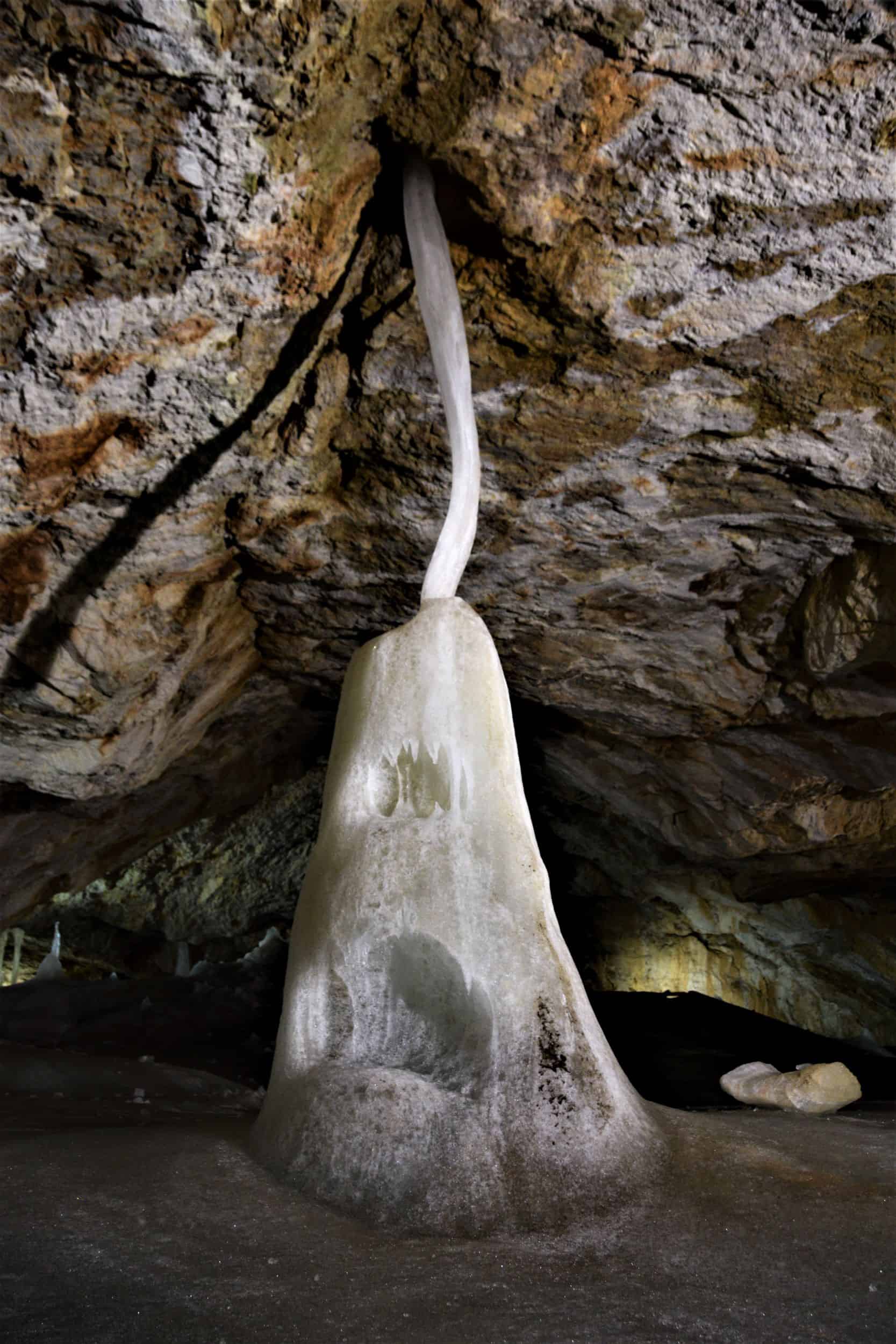
All prices and tour times as of January 2024.
For the latest prices, opening hours, and tours check out the website of the Slovak Caves Administration.
JASOVSKÁ CAVE
Revealed to the world in 1846 by the monks of a nearby monastery, Jasovská Cave became the first cave in Slovakia open to the public. To the locals, however, the underground tunnels were far from uncharted territory. Used for shelter at least since Neolithic times, the peasant population sought refuge within her depths on many occasions hiding from hostile raiders.
Not surprisingly, several curious discoveries have been unearthed, such as Slovakia’s oldest cave inscription (the Hussite Jan Jiskra of Brandýs swaggers about his victory against a Hungarian host), the skeleton of a cave bear, and many other artefacts from the Palaeolithic and Neolithic periods.
Shaped by the flow of the Bodva river, the caverns are richly decorated with bizzare dripstone art, creating intriguing places such as the Great Dome, the Maze, or the Dining Room. Located just 30km outside of Košice, Jasovská Cave is the perfect introduction to the subterranean marvels of the Slovak Karst.
Entrance fee | General admission: 10€ | Students: 9€ | Photo: 7€ extra
Closed | Nov-Mar | on Mondays
Tour times | Apr-May/Sep-Oct (10:00/11:30/13:00/14:30) | Jun-Aug (9:00-16:00/every full hour)
Tours | The tour takes 45 minutes and is conducted in Slovak. You will be given a leaflet in English, however. The ticket office opens 10min before the tour start, so it might be closed if you arrive early. The temperature inside Jasovská Cave will fluctuate between 8,5-10°C.
How to get there | Buses commute regularly between Košice and the village of Jasov (50-60min). Once you get off at Jasov, Jednota bus stop, simply follow the brown signs to jasovská jaskyňa (10min). The bus stop back to Košice is located at the corner of Košicka and Námestie sv. Floriána.
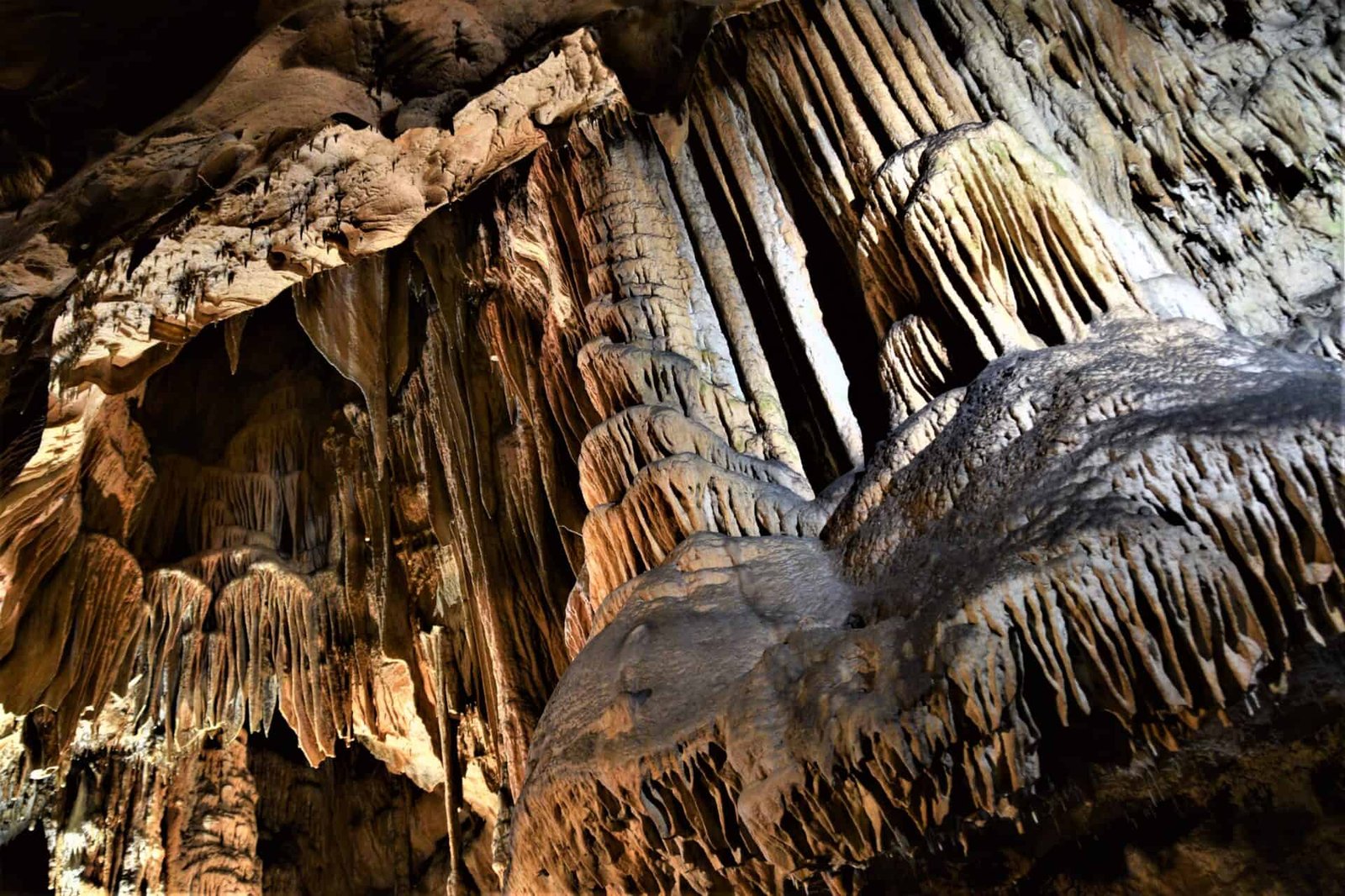
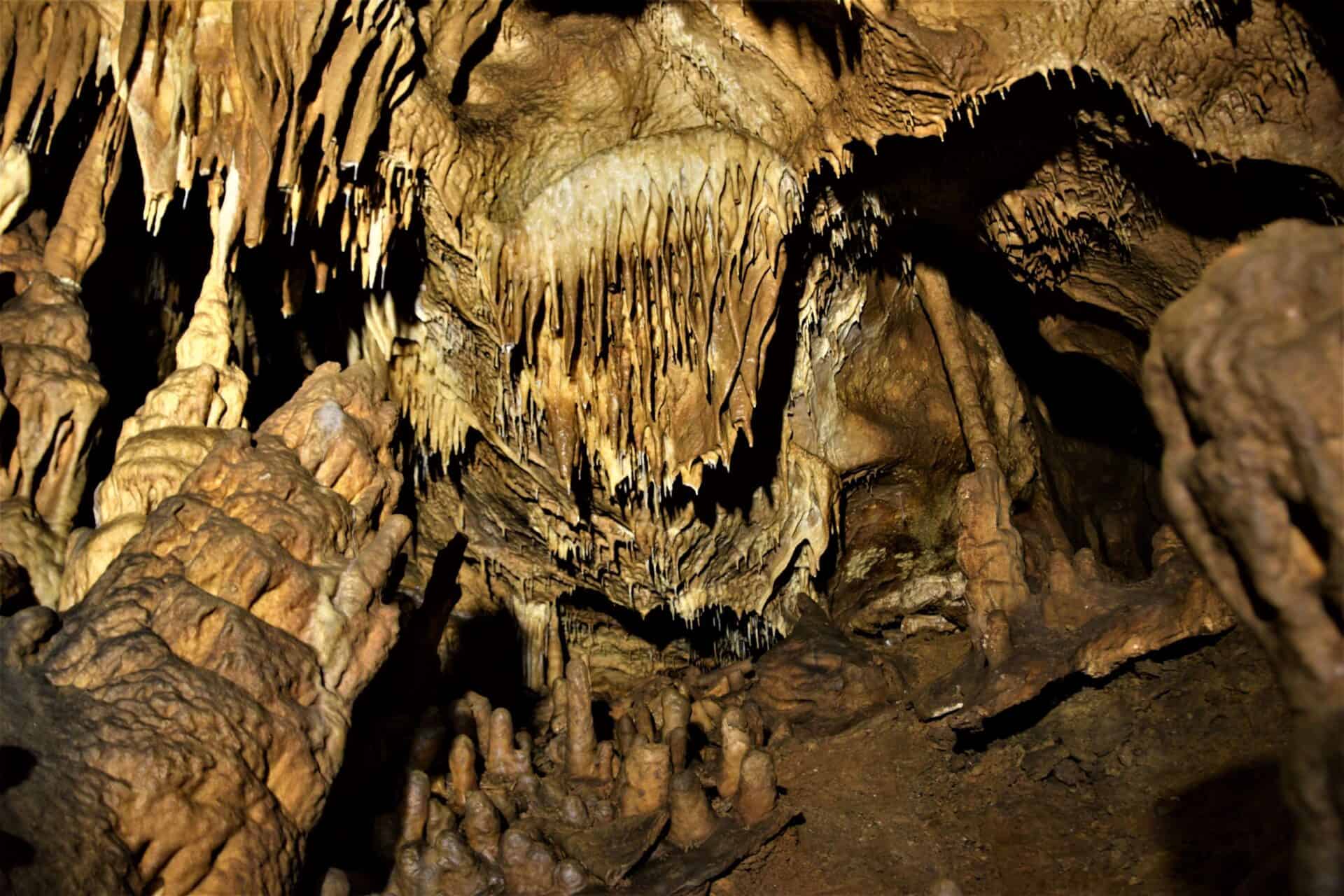
DOBŠINA ICE CAVE
A visit to Dobšina Ice Cave is a wonderous journey few places achieve to replicate.
Concealed beyond an unassuming crevice lies a frozen realm of glacial tunnels, towering walls of eternal ice, and whimsicle sculptures slumbering away in the depths of a frosty kingdom.
Opened back in 1871, Dobšina was one of the first caves in the world to have electric lightning installed, and in 1890 the bombastic echo of an entire orchestra crescendoed through these icy halls in honour of the Austro-Hungarian archduke Karl Ludwig of Habsburg. For a long time, the cave was even used as an ice skating rink by the locals, before it was finally outlawed in 1946.
Today, Dobšina Ice Cave remains one of the most important ice caves in the world.
Entrance fee | General admission: 12€ | Students: 11€ | Photo: 10€ extra
Closed | 16 Sep-14 May | on Mondays
Tour times | May/Sep (9:30/11:00/12:30/14:00) | Jun-Aug (9:00-16:00/on the hour)
Tours | The tour takes about 30 minutes and is conducted in Slovak. There is information in English available, though. Temperatures can drop to -3°C, so remember to bring warm cloths (especially important in summer!).
How to get there | Buses to the cave depart both from Poprad (45min) or Rožňava (85min). Get off at Stratená, Dobšinská l’adová jaskyňa bus stop. From there, it will take around 15-20min to reach the entrance by foot.
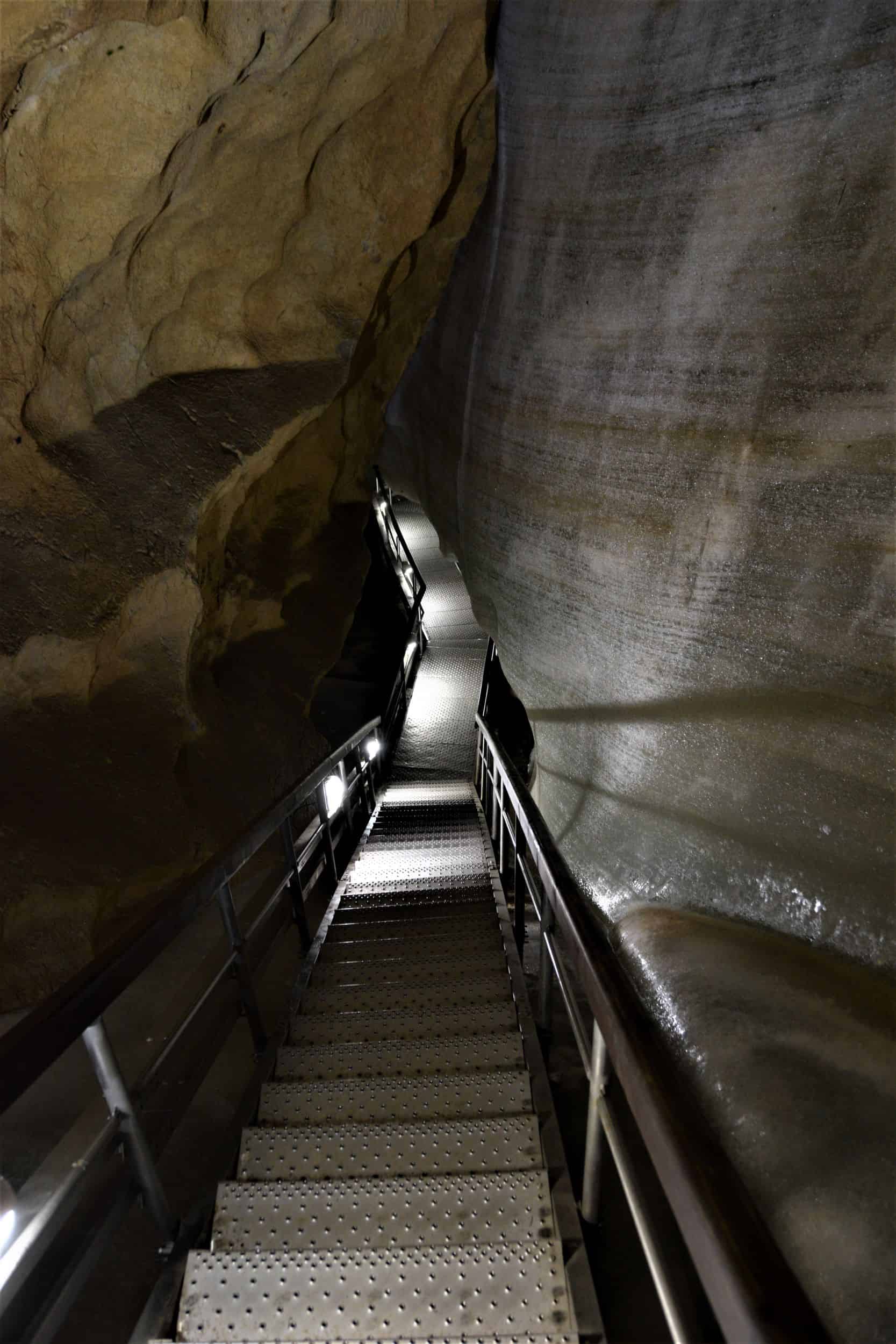
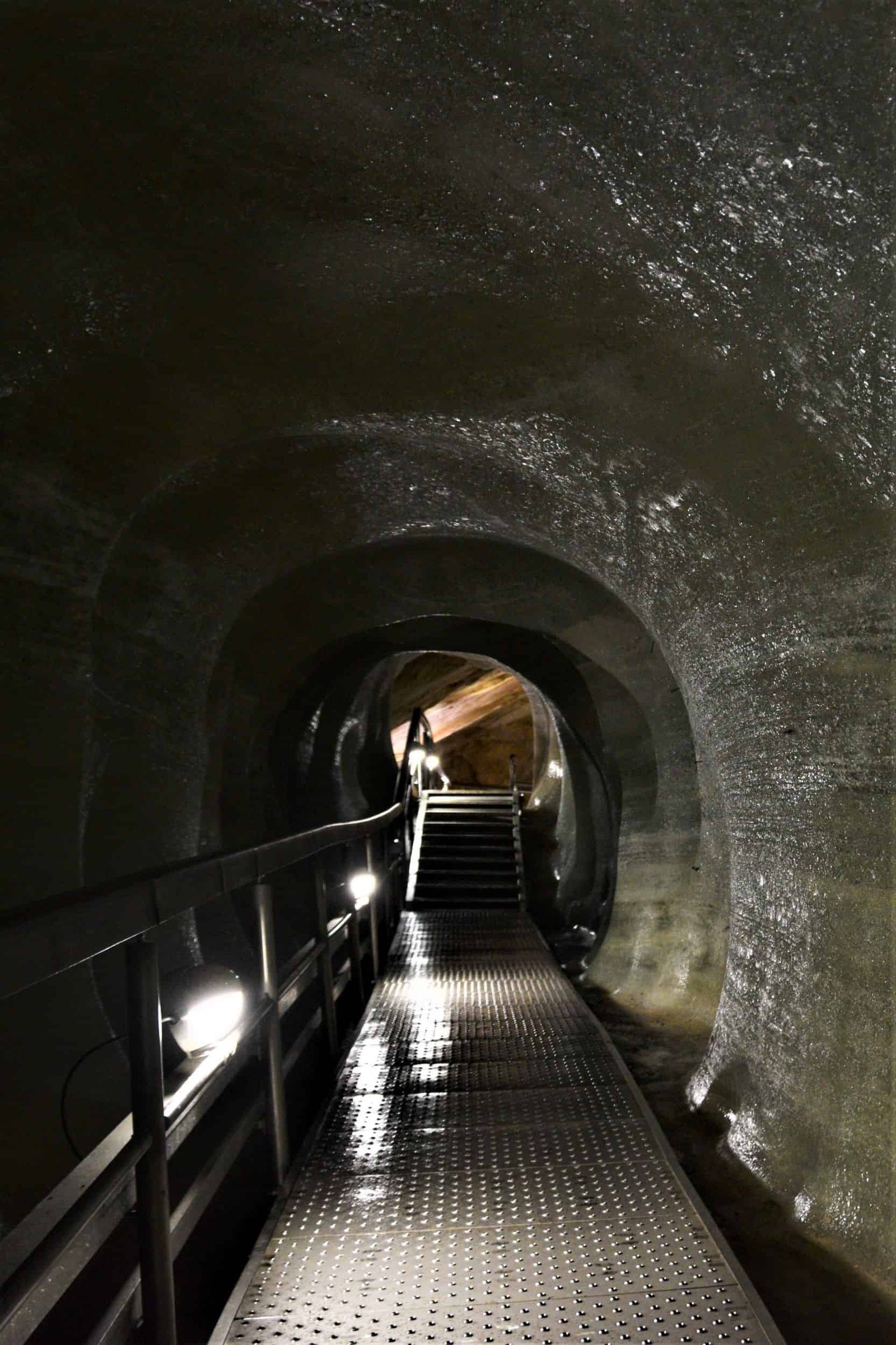
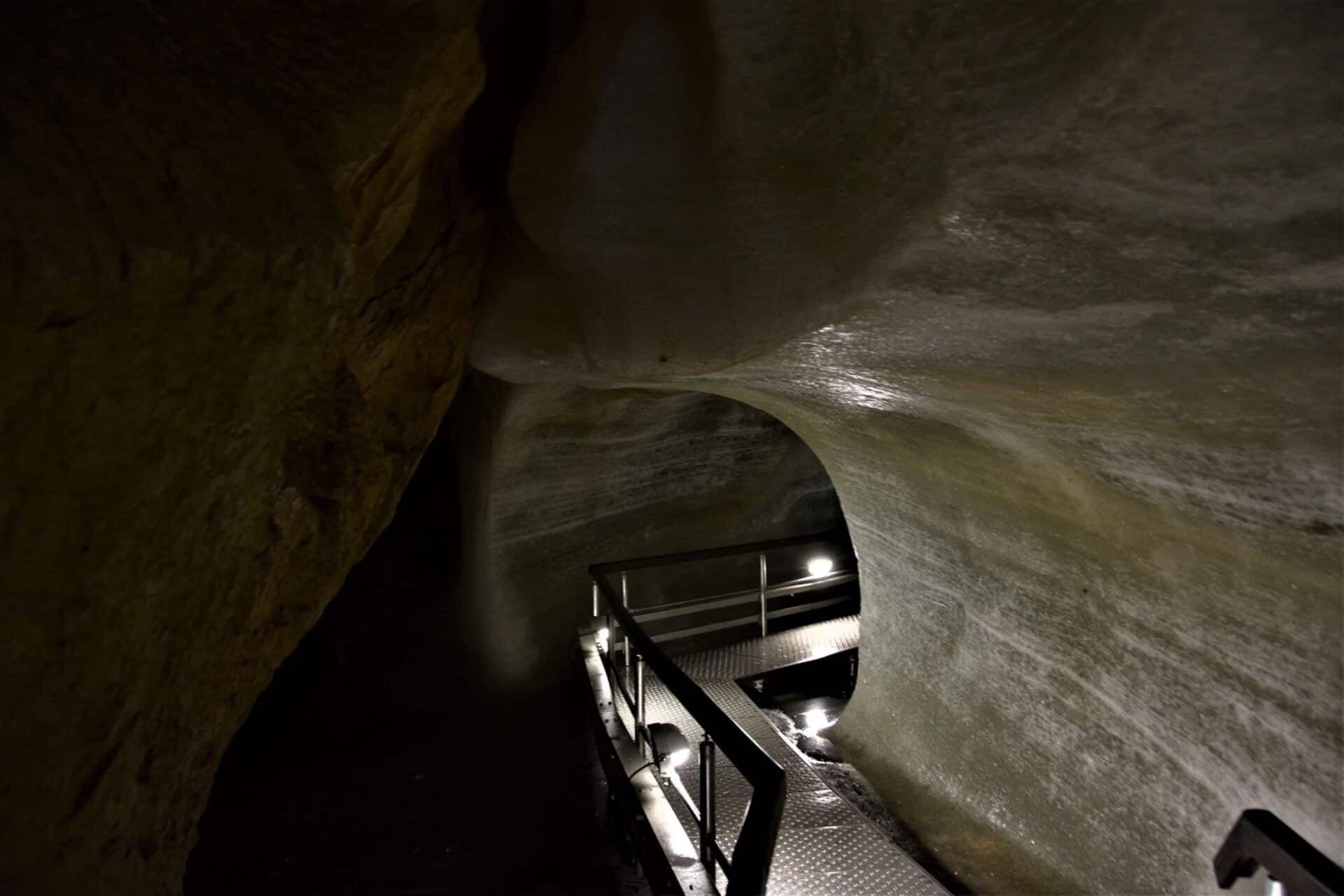
GOMBASECKÁ CAVE
Those descending into the depths of Gombasecká Cave will be met by a truly astonishing sight.
Silently emerging from the illuminated ceiling, hundreds of strings of fluorescent rain fall delicately towards the distant floor, thus conjuring a radiant spectacle within the bowls of the earth.
In reality, these imposter raindrops are millimetre-thin soda straw stalactites that form over thousands of years and merely grow a fraction of a millimetre per annum. If formed in unison and close proximity to each other this grand illusion occurs.
Even if you don’t consider yourself a speleologist, Gombasecká Cave is sure to enchant.
Entrance fee | General admission: 10€ | Students: 9€ | Photo: 7€ extra
Closed | Nov-Mar | on Mondays
Tour times | Apr-May/Sep-Oct (10:00/11:30/13:00/14:30) | Jun-Aug (9:00-16:00/on the hour)
Tours | Tours are held in Slovak and take roughly 40 minutes. Leaflets in English are available at the entrance. Temperatures inside the cave hover around 9°C.
How to get there | There are daily, although sporadic, buses from Rožňava to the cave entrance (Slavec, Gombasecká jaskyná). Alternatively, you can get on/off the bus at Plešivec, rázc. Vidová or Slavec, rázc. Silica.
From Slavec, rázc. Silica head across the bridge and take the departure on the right. Then simply follow the road to the cave (~1,5km).
If you get off the bus at Plešivec, rázc. Vidová first cross the road. You will spot a gravel road next to the last house. Follow it and opt for the second exit on the left (it is a bit inconspicuous). Once you have the river on your left, you’re on the right path (~2km).

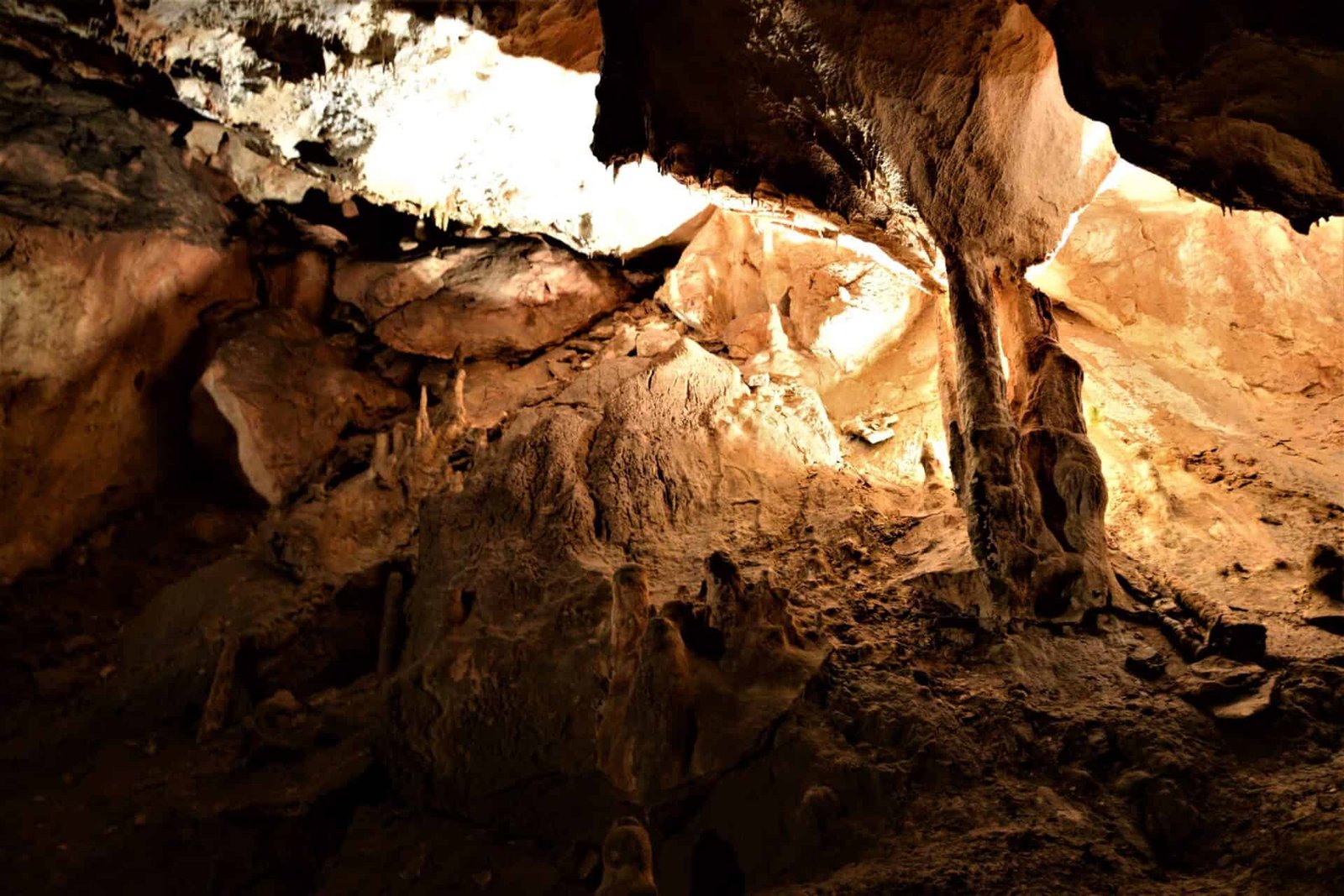

OCHTINSKÁ ARAGONITE CAVE
When scientist drove a research tunnel into the forested slope of Hrádok mountain, few would have anticipated the truly remarkable discovery ahead of them. By sheer luck, they had stumbled upon an entire cave complex embellished with Aragonite, an incredibly scarce, crystalline form of limestone.
In fact, the Ochtinská Aragonite Cave is only one of three Aragonite caves accessible to the public worldwide!
Sprouting from dark cracks and crevices, the sparkling Aragonite grows from blue marble walls daintly like corals swaying on the ocean floor, then abhorrent as if a nuclear mould happily mutating in the dark, yet sometimes akin to a starlit nightsky, too.
It is this stark contrast between beauty and horror that will lure you ever deeper into this strange and unfamiliar, yet mesmerising world.
Entrance fee | General admission: 10€ | Students/Seniors: 9€ | Photo: 10€ extra
Closed | Nov-Mar | on Mondays
Tour times | Apr-May/Sep-Oct (9:30/11:00/12:30/14:00) | Jun-Aug (9:00-16:00/on the hour)
Tours | Tours will take 30-45 minutes and are conducted in Slovak. As with the previous caves, information is also available in English, however. The temperature will be around 7-8°C.
How to get there | There are no direct buses to and from the cave. Instead you will have to take a bus from Rožňava towards Revúca and get off at Gočaltovo, Hrádok bus stop. The entrance to the cave will be 2km (30min) up the road. Buses are very infrequent so make sure to check the schedule not to be stuck in the middle of nowhere.
